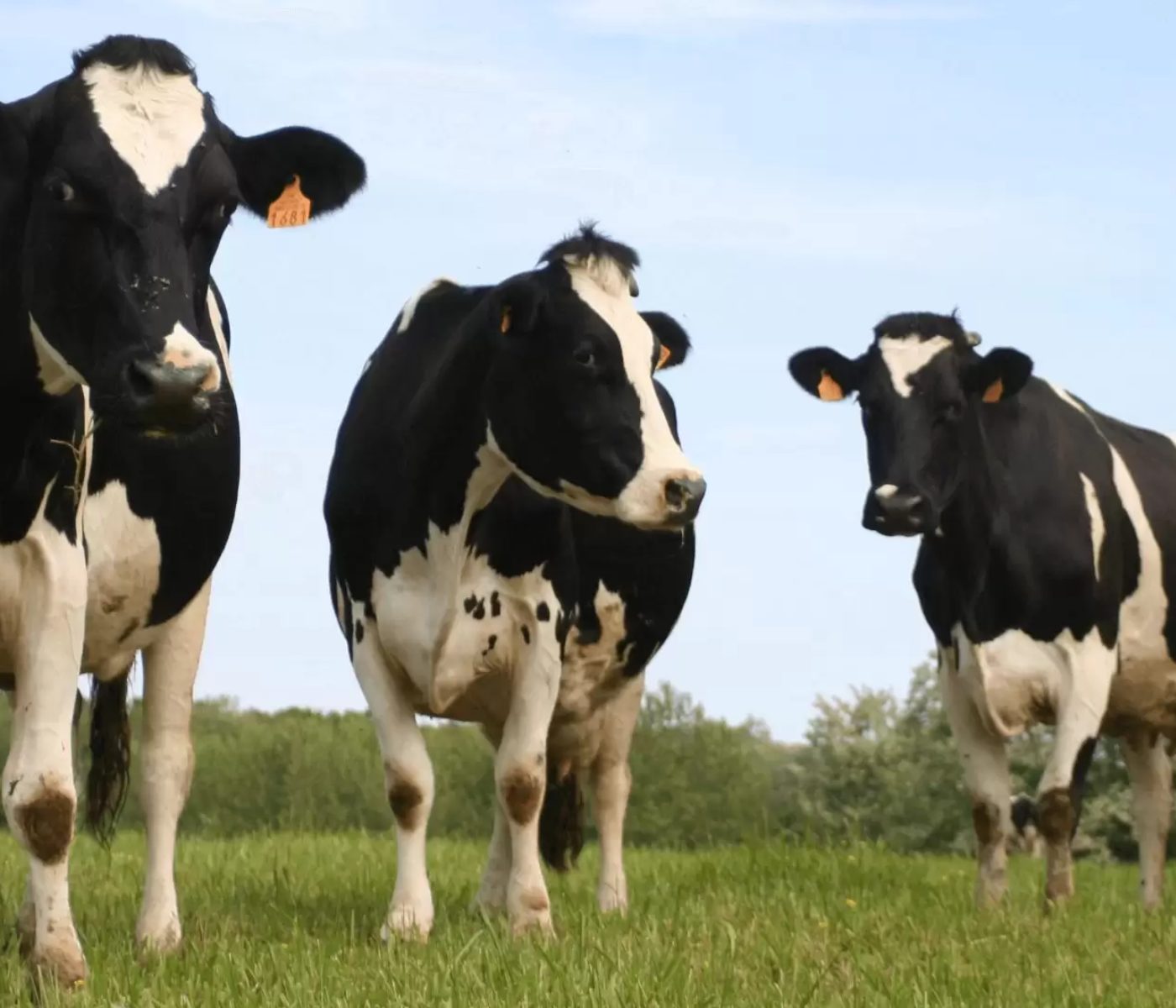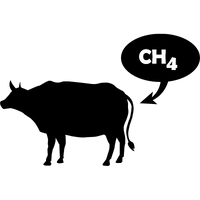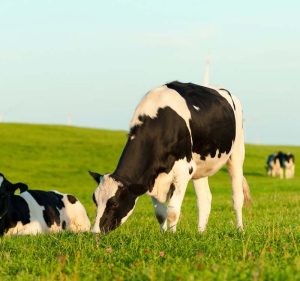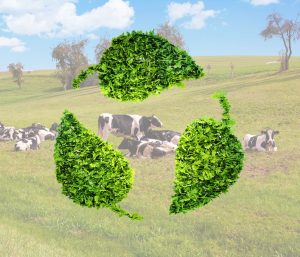 19 Apr 2024
19 Apr 2024
In the quest for climate neutrality, addressing cow methane emissions presents a critical challenge, with Denmark pioneering innovative solutions.
Is the target of climate neutrality by 2050 still within reach? As phosphorus and biodiversity thresholds flirt with danger, and with greenhouse gas emissions wavering in uncertainty, decisive action becomes imperative. At the forefront of this challenge lies the reduction of methane emissions from cows—a crucial stride towards fulfilling global emission reduction objectives.
The Global Commitment to Climate Action
 Endorsed by over 150 nations, the Global Methane Pledge sets forth an ambitious agenda: achieving climate neutrality by 2050. This entails slashing greenhouse gas emissions by 50% by 2030, followed by an annual reduction of 1%. Within this framework, methane assumes paramount importance due to its significant impact on global warming. However, the effectiveness of methane reduction hinges on parallel efforts to rein in nitrous oxide emissions.
Endorsed by over 150 nations, the Global Methane Pledge sets forth an ambitious agenda: achieving climate neutrality by 2050. This entails slashing greenhouse gas emissions by 50% by 2030, followed by an annual reduction of 1%. Within this framework, methane assumes paramount importance due to its significant impact on global warming. However, the effectiveness of methane reduction hinges on parallel efforts to rein in nitrous oxide emissions.
Grasping Cow Methane Emissions: A Critical Concern
Constituting a substantial portion of greenhouse gas output, especially in the agricultural sector, methane emissions from cows are a critical concern. In the United States alone, livestock  contribute approximately 35% of anthropogenic methane emissions. Despite being emitted in smaller quantities than carbon dioxide, cow methane exerts a potent warming effect—34 times greater, in fact. Hence, tackling cattle methane emissions emerges as a pivotal aspect in the battle against climate change.
contribute approximately 35% of anthropogenic methane emissions. Despite being emitted in smaller quantities than carbon dioxide, cow methane exerts a potent warming effect—34 times greater, in fact. Hence, tackling cattle methane emissions emerges as a pivotal aspect in the battle against climate change.
Unraveling Emission Sources and Understanding Impacts
 Understanding the sources of cow methane emissions is paramount. Predominantly stemming from enteric fermentation and manure management, these emissions vary based on factors like diet and production practices. While beef cattle primarily emit methane through enteric fermentation, in dairy cattle, emissions are more evenly distributed between enteric fermentation and manure management. The climatic repercussions of cow methane are profound. Despite its shorter atmospheric lifespan compared to carbon dioxide, methane’s radiative forcing potential necessitates concerted mitigation endeavors.
Understanding the sources of cow methane emissions is paramount. Predominantly stemming from enteric fermentation and manure management, these emissions vary based on factors like diet and production practices. While beef cattle primarily emit methane through enteric fermentation, in dairy cattle, emissions are more evenly distributed between enteric fermentation and manure management. The climatic repercussions of cow methane are profound. Despite its shorter atmospheric lifespan compared to carbon dioxide, methane’s radiative forcing potential necessitates concerted mitigation endeavors.
Effective Reduction Approaches and Denmark’s Pioneering Initiatives
Efficiently curbing cow methane emissions demands a multifaceted approach. Enhancing feed efficiency not only amplifies milk production but also diminishes methane output per unit of feed. Similarly, augmenting Lifetime Daily Yield (LDY) dilutes methane emissions over a broader production volume. Dietary modifications and the integration of feed additives further aid in curbing enteric fermentation. Meanwhile, advancements in manure management, genetic selection, and methane-capturing technologies offer supplementary avenues for mitigation.
In a bold move towards sustainability, Denmark has committed to assisting farmers in funding a feed additive projected to slash methane emissions from cattle by up to 30%. This initiative aligns with the nation’s ambitious climate objectives, which has been recently announced by its government. Denmark, renowned as a significant dairy exporter, is poised to lead the charge as the world’s first country to price agricultural emissions, encompassing methane emissions from belching cows—a groundbreaking measure garnering broad political support.
Toward a Greener Future
In conclusion, addressing cow methane emissions emerges as a pivotal endeavor in the fight against climate change and the pursuit of global emission reduction objectives. By embracing a comprehensive strategy encompassing technological innovations, agricultural practices, and policy interventions, the dairy industry can significantly contribute to mitigating cow methane emissions. Denmark’s pioneering initiatives underscore the importance of proactive measures in combating climate change, offering a beacon of hope for a more sustainable future.

You may also like to read: “Navigating Towards Sustainable Livestock Production”
Subscribe now to the technical magazine of animal nutrition
AUTHORS

Nutritional Interventions to Improve Fertility in Male Broiler Breeders
Edgar Oviedo
The Use of Organic Acids in Poultry: A Natural Path to Health and Productivity
M. Naeem
Synergistic Benefits of Prebiotics and Probiotics in Poultry, Swine, and Cattle
Gustavo Adolfo Quintana-Ospina
Hybrid Rye Potential in Laying Hen Feed Rations
Gwendolyn Jones
A day in the life of phosphorus in pigs: Part I
Rafael Duran Giménez-Rico
Use of enzymes in diets for ruminants
Braulio de la Calle Campos
Minerals and Hoof Health in the Pregnant Sow
Juan Gabriel Espino
Impact of Oxidized Fats on Swine Reproduction and Offspring
Maria Alejandra Perez Alvarado